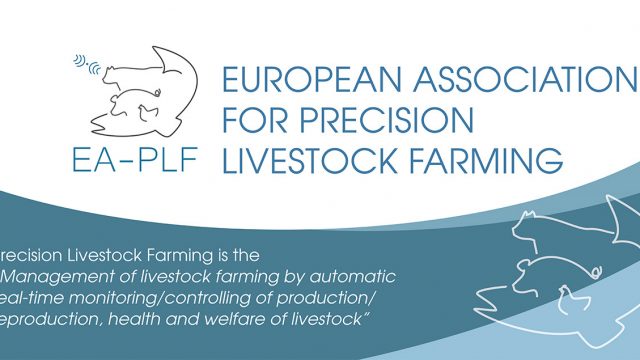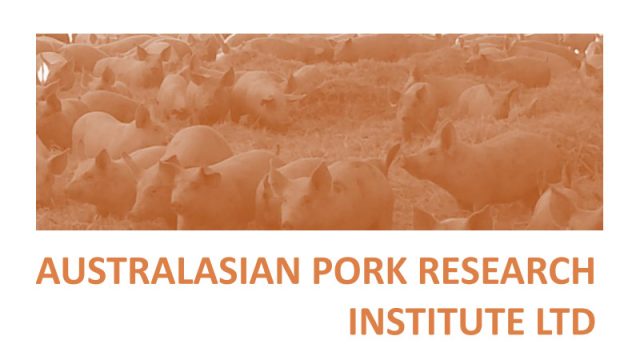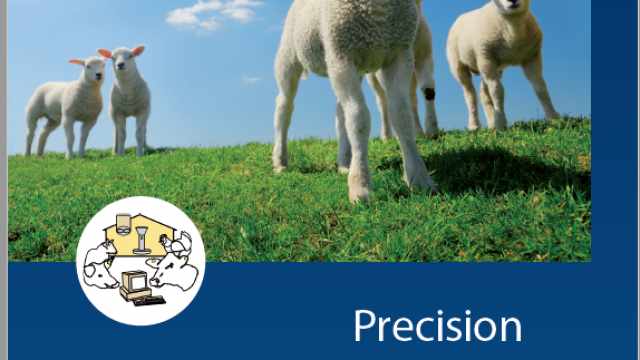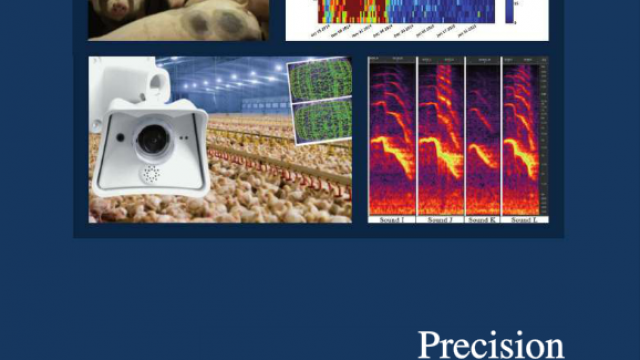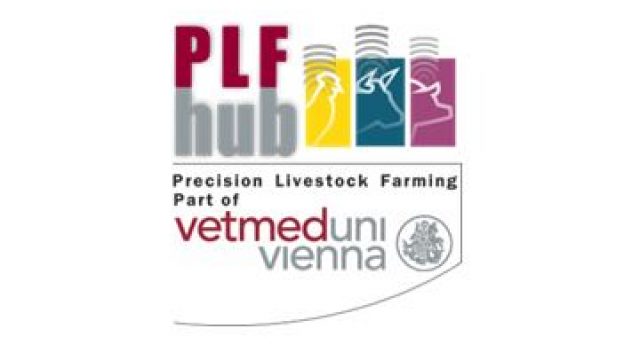Opinion of the Panel on Animal health and welfare of the Norwegian Scientific Committee for Food and Environment: A review on the use of electric devices to modify animal behaviour and the impact on animal welfare. https://brage.bibsys.no/xmlui/bitstream/handle/11250/2474441/Mejdell_2017_Are.pdf?sequence=2
Background: Animals have a strong aversion to electric shocks. Various types of electric equipment are used to modify the behaviour of animals by subjecting them to electric shocks. Outdoor electric fences are common among grazing animals in Norway and many other countries. The use of devices such as cow trainers in tie-stalls, electric goads in slaughter plants, and electric collars to teach dogs not to chase livestock, is regulated. The Norwegian Food Safety Authority (NFSA) is currently evaluating a virtual fence system, which delivers an electric shock if the animal crosses a defined boundary. As electric shocks are experienced as unpleasant or even painful, animals will try to avoid it. The intension of delivering such an aversive stimulus is to teach it how to avoid getting shocked again. In other words, the animal must to be able to associate the aversion with its own behaviour in order to avoid it. Predictability and controllability are two import factors, which determine how well an animal copes with aversive events that may involve being exposed to shock. However, the animal may make associations between the electric shock and non-intentional events. The consequences for such erroneous assocations could be stressful, with serious implications for animal welfare. The same applies if the animal fails to learn how to avoid receiving an electric shock. Trai Turner Womens Jersey
